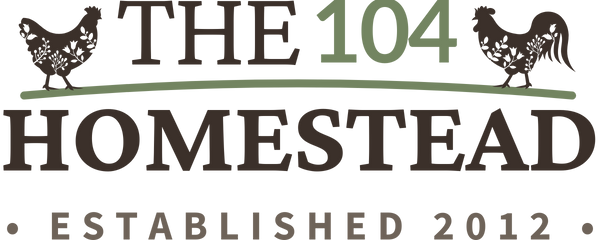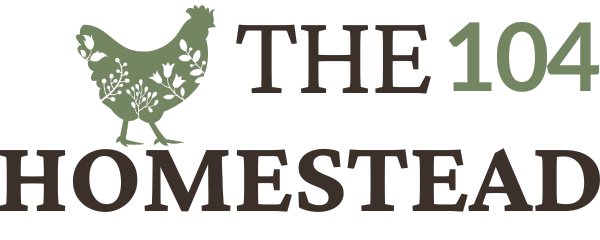A Guide to Homemade Leaf Mold: Nature’s Free Compost
Imagine mulch with no smells and no work! Here’s how to make leaf mold. It’s easy, green, and free. Leaves from your own yard make the best leaf mold possible.
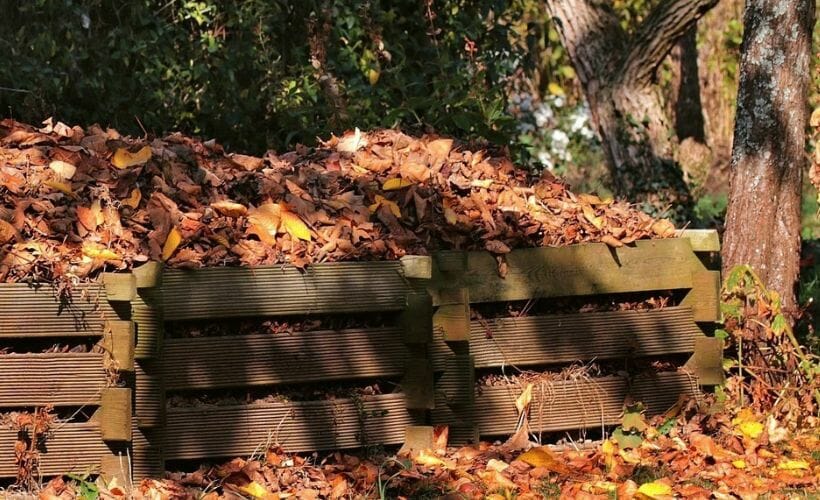
Today, I will share the wonders of this natural compost and its incredible benefits for your garden. Picture a mulch that requires no work and has no unpleasant odors – that’s leaf mold! In this guide, I will delve into what exactly leaf mold is, the benefits it offers, and how you can easily make it using leaves from your own yard. Say goodbye to expensive fertilizers and hello to a sustainable, nutrient-rich, eco-friendly, cost-effective solution. So, let’s jump right in and discover the secrets of nature’s compost: homemade leaf mold.
What is Leaf Mold?
Leaf mold is basically a compost made entirely of broken-down leaves. One difference between leaf mold and compost is the fact that compost involves bacterial breakdown, and leaf mold involves fungal breakdown. Where compost is hot and breaks down quickly, leaf mold is cool, slow to break down, and well worth the wait.
The best leaves to use for leaf mold are small types from oak, beech, hornbeam, lime, and hazel trees, all of which break down easily. You don’t need to be too choosey about your leaves, though. All leaves and conifer needles will eventually break down into leaf mold.
The Benefits of Leaf Mold
Leaf mold will perform in your garden as a mulch, compost, and soil conditioner. If you have ever had your soil tested, I am sure the results indicated you need more organic matter. It says organic material levels are low for all of us.
Think about what the ground is like in a deep forest where nature adds a nice layer of leaf mold every autumn. The ground is soft and airy, thanks to the leaf decomposition. It has an amazing richness to it. It’s a gorgeous dark brown and loaded with nutrients. 99.9% of us do not have soil like that. 99.8% of us never will, but using leaf mold will get us a bit closer.
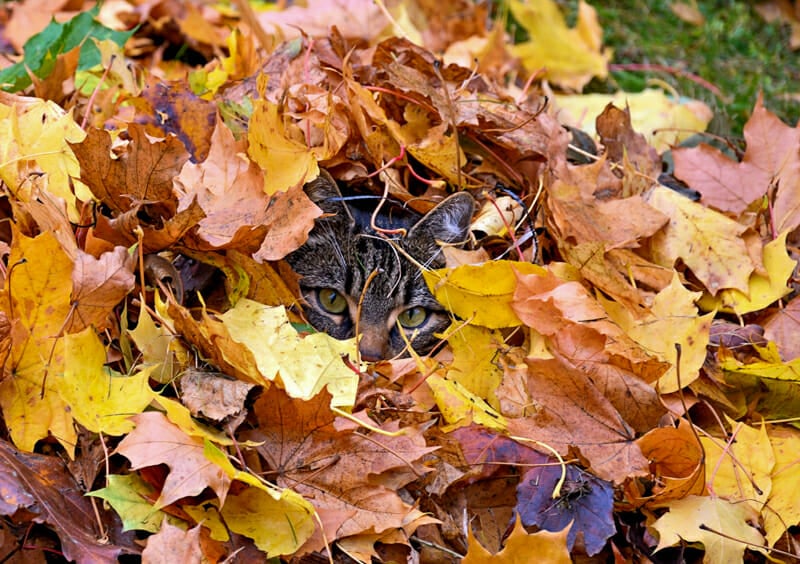
As I said before, making leaf mold compost isn’t a quick process. It takes time, but the results are worth the wait. If you didn’t start making it last year, you won’t be using it on your beds this year, but you can get ready for next year. And did I mention it’s free?
What is the NPK of leaf mulch?
NPK values are not particularly high, as it’s primarily a soil conditioner, and obviously, the leaf content changes the values, but on average…
Nutrient Concentrations in Municipal Leaves (dry weight basis)
- Carbon 36-52%
- Nitrogen .66-1.62%
- Phosphorus .02-.29%
- Potassium .09-.88%
- Calcium .13-3.04%
- Magnesium .02-.46%
- Copper 2.8-31.5%
The leaves offer a significant amount of nutrients for the soil, but not all are immediately available after application. However, as they break down, they will eventually release their nutrients, and it’s best to think of using leaves as a long-term fertility solution.
How to Make Leaf Mold at Home
A little time and a lot of leaves are all you really need to make this free soil enhancement. This video from Fine Gardening will show you how simple it is to get started.
If aesthetics are important to you and you don’t want a huge leaf pile in your yard, create “bins” of field fencing. A 3-bin system works well for me. I always have one I’m using, one that’s breaking down, and one to put fresh leaves and plant debris in.
A word of caution in your leaf collecting: People are more than happy to give away their leaves. Some may actually pay for you to rake them and take them away. Be sure that the source of the leaves does not use pesticides or fertilizers on their property.
Leaves to Avoid
Walnut, eucalyptus, and camphor laurel leaves may inhibit plant growth. These leaves (if you have a lot of them) should be composted instead of used in a leaf mold. Traditional compost piles/bins get hot enough to break down these inhibitors.
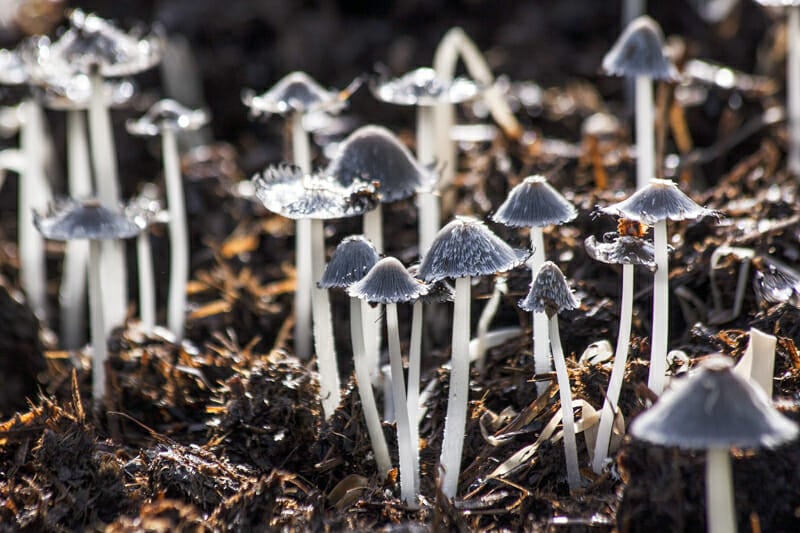
How I Use This Free Mulch in My Gardens
I use leaf mold from time to time in my vegetable garden, both as a soil amendment and as a mulch, but I’m excited to share where I use it so that it shines: my perennial beds. I find it so hard to amend the soil in my perennial beds.
So many amendments need to be worked into the soil, but you can’t really dig in around tight clusters of perennials. I also have bulbs scattered throughout all of my perennial beds. These bulbs are the first sign that spring is here when they peek up through the snow. I would hate to damage them unknowingly.
As the end of the growing season approaches, I head out to the gardens with clippers in hand. Some perennials perform best if cut to the ground, others need light pruning at the end of the season, and some are fine just as they are. I go through and do all my pruning at one time. When I’m finished, I head out and grab a couple of buckets of leaf mold. I like to do a nice 2-3″ layer along the entire bed.
The self-seeded annuals and the bulbs can push right through in the spring, but it keeps the soil rich and keeps the weeds at bay. If I have a tender plant (like my coleus that shouldn’t over-winter in my area), I’ll heap leaf mold around it about 6″ thick. When temperatures warm in the spring, I’ll come out and pull some of it off.
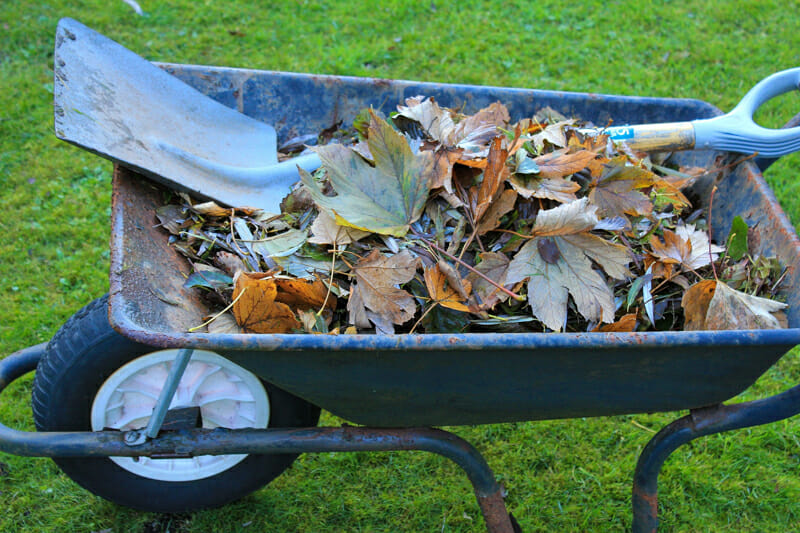
You will love the difference some leaves can make to your soil structure. If mimicking nature is up your alley, check out my Back to Eden Gardening Series.
Want to learn more about gardening and how to care for your soil? You will love The Shoestring Gardener.
Pound for pound, the leaves of most trees contain twice the mineral content of manure… And they provide the perfect nutrition for beneficial microbes. In short, they make soil come alive.
Composter Connection
Frequently Asked Questions
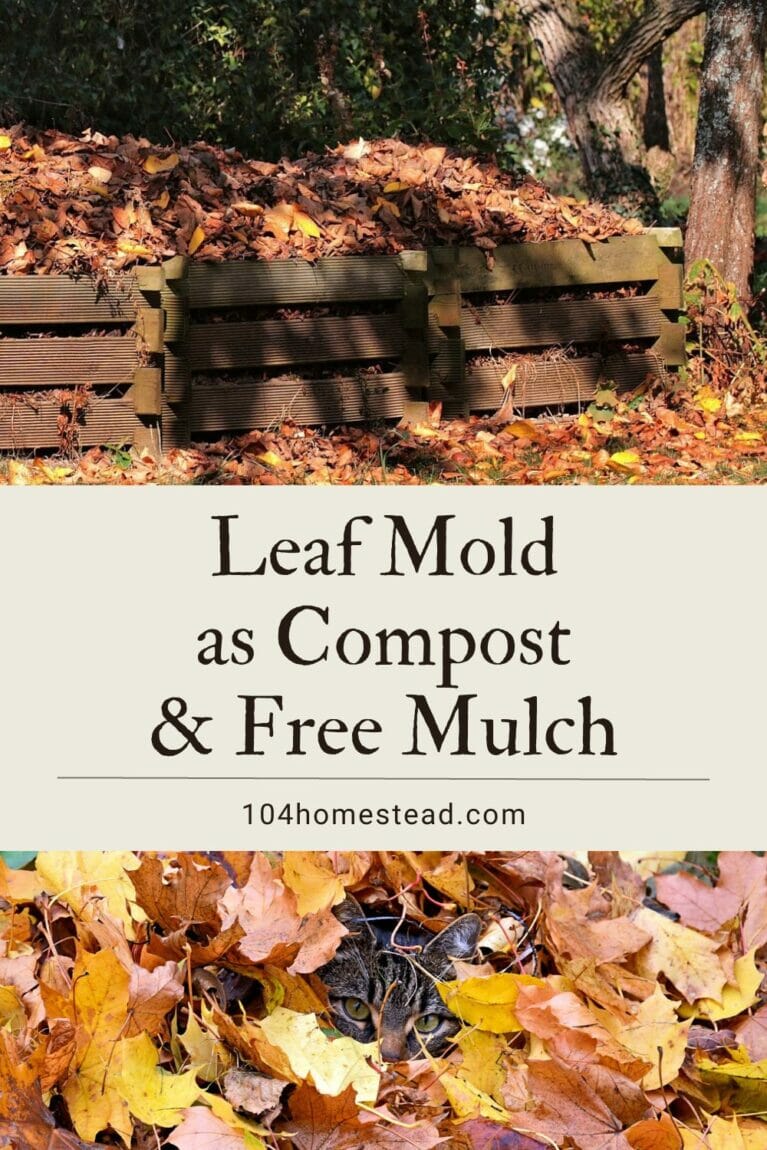
Homemade leaf mold is a valuable resource for any garden enthusiast. Not only is it easy and free to make, but it also serves as a versatile mulch, compost, and soil conditioner that can greatly enhance the health and fertility of your garden beds. So why not harness the power of nature’s compost and give your garden the nourishment it deserves with leaf mold?
What are your thoughts on using homemade leaf mold in your garden? Have you tried it before or are you interested in giving it a go? Share your experiences and opinions in the comments below!
